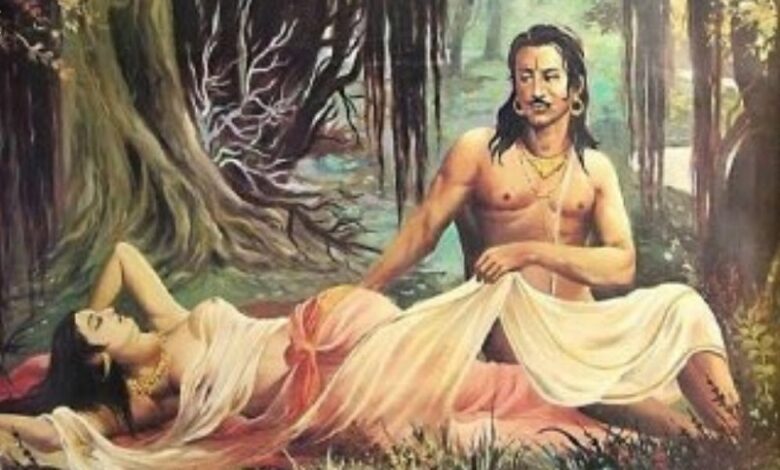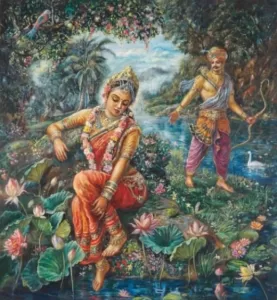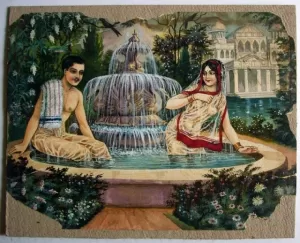Exploring the Historical and Legal Aspects of Live-in Relationships: Insights from Ancient Indian Texts
These narratives offer valuable insights into the complexities of human relationships and the fluidity of societal norms,historical perspectives in understanding contemporary dynamics surrounding live-in relationships.

News Mania / Agnibeena Ghosh/20 April 2024
Live-in relationships have recently gained significant attention, especially in light of Uttarakhand’s proposed laws regarding the registration of live-in couples. However, the concept of cohabitation is not new and has historical roots that stretch back to ancient Indian civilization. Drawing insights from ancient texts and historical narratives, we delve into the multifaceted nature of relationships, marriage customs, and social norms prevalent in ancient India.
The Mahabharata, one of the most revered ancient Indian epics, provides intriguing glimpses into the dynamics of relationships and marriage customs of its time. In the epic, Pandu recounts a time when women enjoyed considerable freedom and were not confined to their homes. Marriages were often open, and women could freely pursue their inclinations without societal stigma. This narrative sheds light on the fluidity of relationships and the acceptance of non-monogamous arrangements in ancient Indian society.
Central to the Mahabharata’s discourse is the story of Shvetaketu, whose discomfort with his mother’s association with another man prompts a societal shift towards monogamy. This anecdote underscores the evolving nature of social norms and the influence of individual perceptions on shaping cultural practices.

Moreover, the Mahabharata portrays a spectrum of marital arrangements, ranging from traditional monogamous unions to unconventional contractual marriages. Instances of contractual marriages, such as Arjuna’s union with Chitrangada, reflect the complexities of ancient Indian matrimonial customs, where rights and responsibilities were negotiated between parties.
The epic also delves into the concept of polyandry, exemplified by Draupadi’s marriage to the Pandavas. Polyandrous unions, though relatively uncommon, were not unheard of in ancient India, suggesting the diversity of marital arrangements prevalent in different regions and communities.
Additionally, ancient texts like the Arthashastra, authored by Chanakya, provide insights into legal frameworks governing marriage and divorce. While divorce was permissible under certain circumstances, unilateral separation was discouraged, emphasizing mutual consent and amicable resolution of marital disputes.

Furthermore, the concept of gandharvavivaha, described in ancient texts, offers a unique perspective on romantic unions based on mutual affection. These unions, devoid of formal rituals or parental consent, underscored the significance of individual agency and emotional bonds in forming relationships.
The portrayal of singlehood in ancient Indian society also merits attention, with revered figures like Gargi and Sulabha leading intellectually fulfilling lives without marriage. The acceptance of singlehood alongside marital norms highlights the diverse pathways available to individuals in ancient India.
Ancient narratives and legal texts provide valuable insights into the intricate tapestry of relationships and marriage customs prevalent in ancient Indian society. By examining historical precedents and cultural practices, we gain a deeper understanding of the evolution of societal norms and the diverse expressions of human relationships across different epochs.
In conclusion, the exploration of ancient Indian texts reveals a rich tapestry of marital arrangements, ranging from conventional monogamy to unconventional unions like polyandry and contractual marriages. These narratives offer valuable insights into the complexities of human relationships and the fluidity of societal norms, underscoring the enduring relevance of historical perspectives in understanding contemporary dynamics surrounding live-in relationships.






